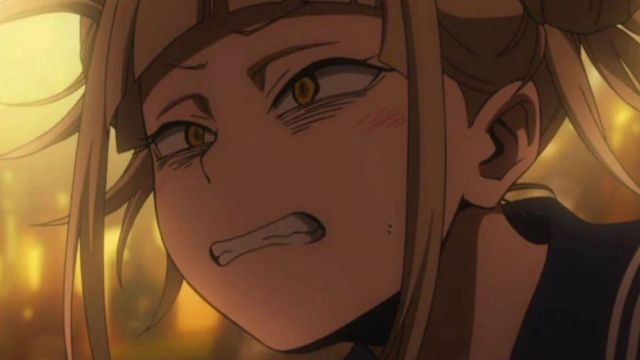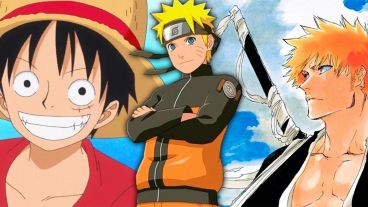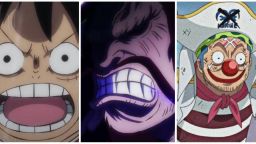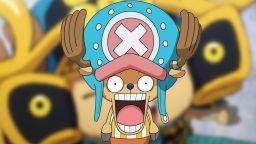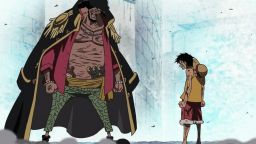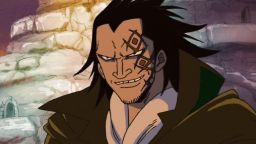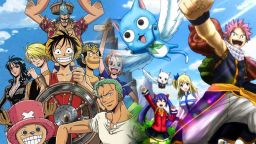In the intricate narrative of My Hero Academia, both heroes and villains receive compelling character arcs that elicit sympathy and explore the reasons behind their actions. Characters like Izuku Midoriya, an underdog striving to prove himself, evoke empathy, while even villains like Himiko Toga possess a tragic backstory that offers some understanding, if not outright sympathy, from fans of the series.
Himiko Toga initially captivated audiences with her rebellious nature and refusal to conform to society's strict norms, making her an intriguing character. Even compassionate individuals like Ochaco Uraraka attempted to empathize with her. However, as the story progresses and we reach My Hero Academia chapter 392 , Himiko Toga's appeal begins to wane. Her arguments become repetitive, and her uniqueness and tragic aura start to fade with each iteration.
Himiko Toga's Character Arc Is Going In Circles
The major villains in My Hero Academia have been granted somewhat sympathetic backstories, delving into the human experiences behind their intimidating appearances and destructive actions. Each villain, such as Dabi (Toya Todoroki) and Tomura Shigaraki, has endured profound suffering and loss in their pasts. Himiko Toga, in particular, grapples with the challenge of reconciling her innate bloodlust with the expectations of a polite and harmless society. My Hero Academia has explored Himiko's backstory and internal struggles numerous times, aiming to humanize her as a lost girl yearning for acceptance. However, the story's tendency to revisit her arc repeatedly has led to a sense of repetition, diminishing Himiko's overall appeal.
At its core, Himiko Toga's character arc contains elements that evoke sympathy and captivate readers. She was born with a Quirk deemed "wrong" by society and harbors a genuine fondness for fresh blood. The pressure imposed by hero society to conceal her true self has taken a toll on her well-being, and even her own parents have rejected her as a deviant who refuses to conform. Himiko adamantly advocates for personal authenticity, choosing to use her real name instead of adopting a villain moniker. Additionally, she deliberately dresses in a schoolgirl uniform, symbolizing her recent past as a junior high student. However, the manga's frequent revisiting of this personal arc without significant progression, as seen in Chapter 392 and other instances, has contributed to a sense of stagnation.
By now, Himiko has almost been reduced to a caricature of herself because her arc keeps going in circles, no matter what she says to her fellow villains or to heroes like Ochaco Uraraka and Tsuyu Asui. Once again, Himiko has generic "you don't understand me!" and "you don't know my pain!" dialogue, which has since lost its appeal, coming from her. In-universe and from a storyline perspective, Himiko is just looking for attention, and it comes off as needy and desperate, even in the context of her backstory. Her constant complaints now ring hollow more than ever, especially in light of the plight of the heteromorphs, like Spinner and Mezo Shoji. Those characters can't even show their faces in society, but to his credit, Mezo Shoji faced that discrimination head-on and took the high road, including his decision to become a pro hero. Himiko Toga seems like a petty whiner by comparison, this is far from her first "no one understands me!" sequence in the story.
Himiko Toga Must Face Her Personal Endgame Soon
With Himiko Toga's character development reaching a critical point and the climax of the My Hero Academia story approaching rapidly, it is time for Himiko to confront herself and make a definitive decision about her future. As the war between Tomura Shigaraki's faction and the heroes reaches its conclusion, Himiko must determine what lies ahead for her in the next 24 hours. Whether the villains emerge victorious or are apprehended or defeated, the conflict will come to an end, and Himiko will face the task of shaping her post-war identity. This will be a pivotal moment for all the villains on a personal level, as they are driven by their individual aspirations to forge a new society, and they stand to gain the most from this outcome.
Himiko Toga's vision is to create a world where individuals with diverse Quirks can coexist peacefully and be accepted by all, free from the labels of freaks or villains. However, if the villains ultimately lose, which seems likely, Himiko may find herself captured and must confront the question of whether her efforts were worthwhile.
Should Himiko be defeated and captured after the war, she will be confronted with a choice: to persist stubbornly in her belief of being misunderstood and endure a life of frustrating misery, cut off from the support of Ochaco and Tsuyu, or to engage in profound self-reflection. It is at this juncture that Himiko could recognize the exaggeration of her victimhood, acknowledging that her violent actions as a villain overshadow any righteousness her personal crusade might have possessed. From this point, Himiko could reassess her position in the world and contribute to a new chapter of her character arc.
In My Hero Academia, redemption for the villains is a rare occurrence. However, if Himiko Toga is defeated and captured, she may choose to seek redemption and serve as a bridge between the victorious heroes and the marginalized criminals, outcasts, and rebels who were once her allies. Even if the heroes achieve a decisive victory against Tomura and All For One, there remains a need to rebuild society both physically and emotionally, and address the underlying resentments that persist. Defeating the costumed villains is only part of the equation—heroes also require individuals who can empathize with and understand the struggles of the disenfranchised, facilitating their reconciliation with mainstream society. Himiko Toga could be the ideal candidate for this role, if she is willing to embrace it. This transformative path would finally break the cycle of Himiko's repetitive and increasingly comical character arc, offering her an opportunity to advocate not solely for herself but for voiceless individuals in need of understanding and representation.
